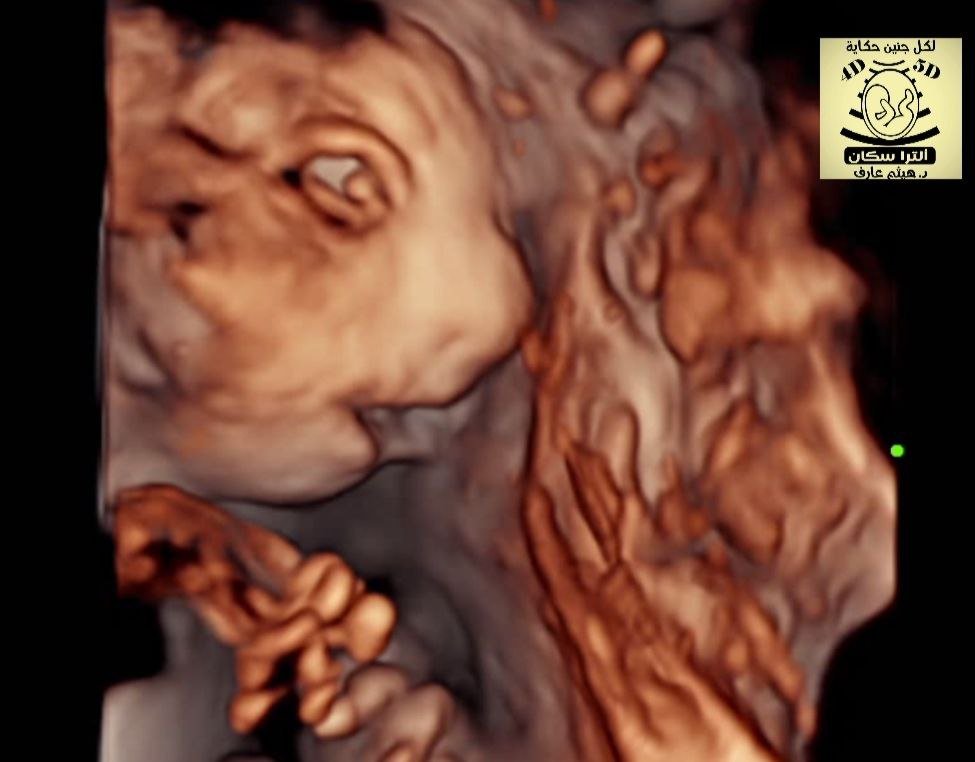Neu–Laxova syndrome

Neu-Laxova syndrome (NLS) is a rare, severe genetic disorder that is typically lethal at or shortly after birth. It is characterized by severe growth delays before birth (intrauterine growth restriction), low birth weight, and multiple congenital abnormalities affecting various body systems.
Key Characteristics and Symptoms
Individuals with NLS present with a wide range of symptoms and distinctive physical features:
- Craniofacial abnormalities: Microcephaly (small head), a sloping forehead, widely spaced eyes (hypertelorism), severe proptosis (bulging eyes) with ectropion (eyelids turned outward), a flattened nose, malformed ears, micrognathia (small jaw), and a gaping mouth.
- Skeletal and Limb abnormalities: Joint contractures (stiff, bent joints), limb deformities, and edema (swelling) of the hands and feet.
- Skin abnormalities: Ichthyosis (scaly, thick skin).
- Central Nervous System (CNS) malformations: Abnormalities such as lissencephaly (smooth brain surface), cerebellar hypoplasia, and/or absence or abnormality of the corpus callosum.
- Other malformations: Hypoplastic lungs (underdeveloped lungs), and potential heart and kidney defects.
Cause and Inheritance
NLS is an autosomal recessive disorder, meaning a child must inherit two copies of a mutated gene (one from each parent) to be affected. The syndrome is caused by mutations in one of three specific genes involved in the L-serine biosynthesis pathway: PHGDH, PSAT1, and PSPH. This results in a deficiency in the production of the amino acid L-serine.
Prognosis and Management
The prognosis for NLS is very poor, with most affected pregnancies resulting in stillbirth or death shortly after birth due to respiratory, infectious, or neurological complications. The longest reported survival for a genetically confirmed case is just over 10 months of age, though a case with an 8-year survival has been reported without a molecular diagnosis.
Management primarily involves supportive care and genetic counseling for parents. For at-risk couples, expanded carrier screening or prenatal genetic testing can help determine the risk for future pregnancies. Expectant management is usually recommended for affected pregnancies that are carried to term, to avoid unnecessary interventions.

